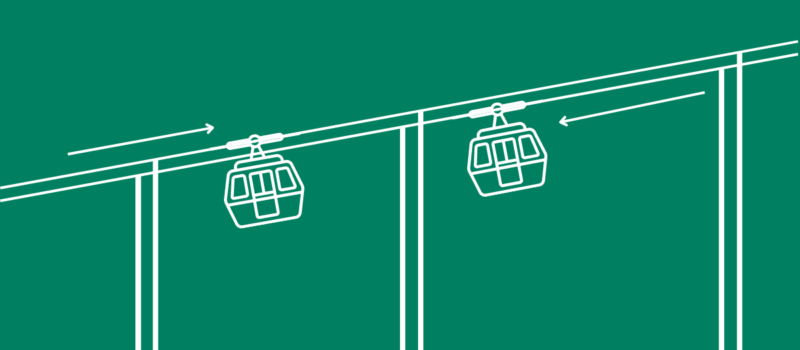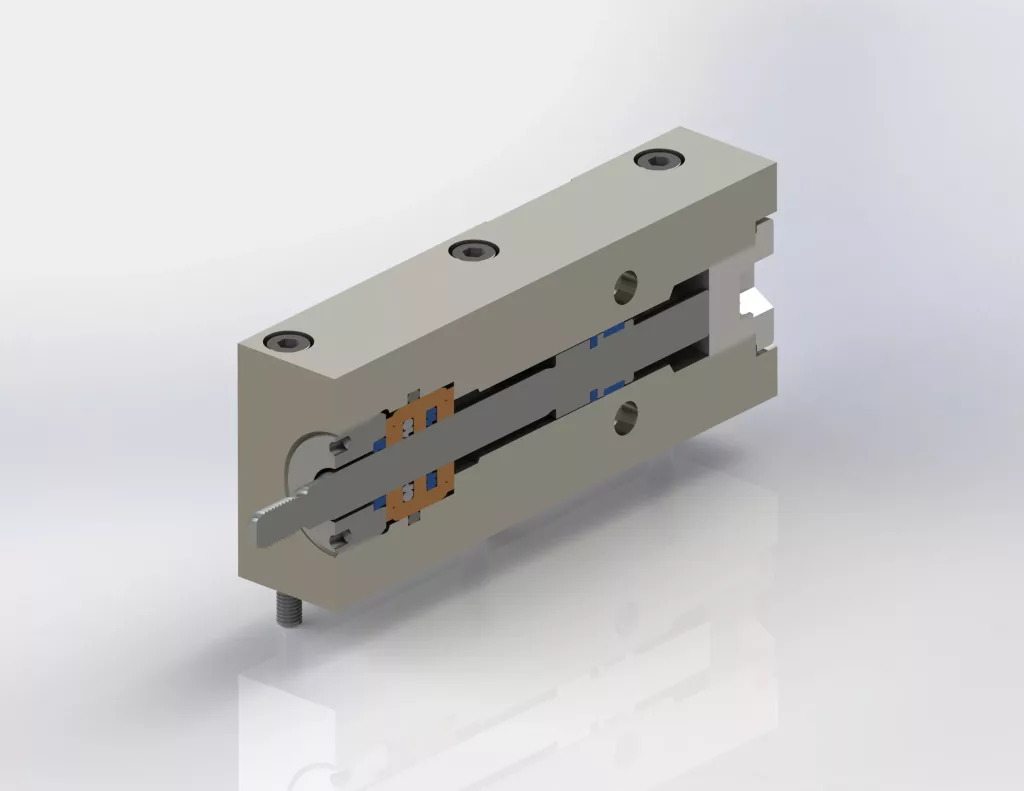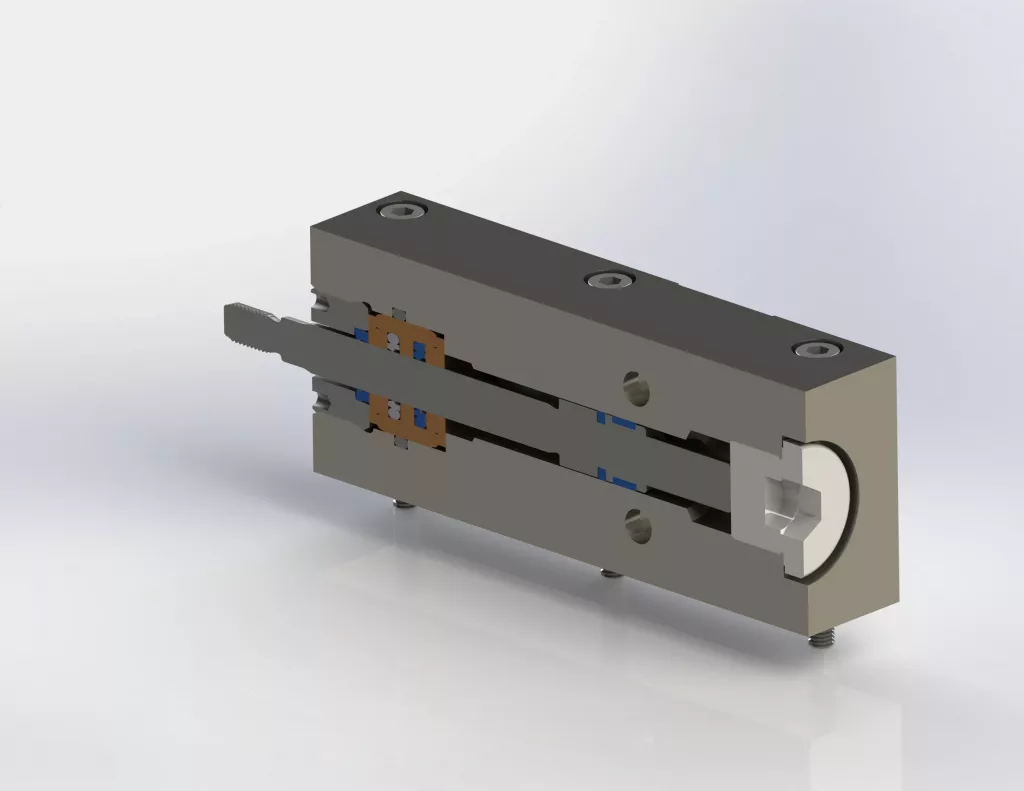Long Live the Cable Car
How hydraulic cylinders make gondolas float at the ideal height
The cable car is an amazing invention. The first cable car was used in 1644 to transport materials. Since 1862 they have also been used to transport people over a large difference in altitude. Most people have already sat in a cable car, e.g. on a trip up a mountain to enjoy the beautiful view. During the ascent, the question often arises: how does this system actually work? How can this construction transport gondolas from A to B?

Seilbahn Storz Hydraulik Seilbahn Storz Hydraulik
How does a cable car work?
The basic functioning of a cable car is based on the principle that gondolas are attached to ropes that are stretched between two stations. A distinction is made between carrying and traction cables. As the name suggests, the suspension cable is hung on masts to carry the gondolas. The drive system is located at one of the stations. This moves the cable that connects the gondolas.
But how does it all get moving? Through the heart of the cable car, the drive system. It consists of a motor, a gearbox and a roller battery. The motor generates the energy to move the traction cable. The gearbox converts the energy into the speed at which the gondolas are to be moved. The sheave ensures that the traction cable stays on the right track with the help of deflection pulleys.
Can the ropes easily carry the load of the gondolas?
Due to the continuous load of the gondolas, the carrying cable lengthens over time and the gondolas continue to hang towards the ground. For this reason, the support cable has to be shortened again and again so that the gondolas are kept at the required height. This reduction is costly, but necessary.
What can be done so that the ropeway of the cable car has to be shortened less often?
There is a way to counteract this problem: hydraulic cylinders. To do this, two hydraulic cylinders pull the carrying cable as a redundant system and keep it taut. The linear expansion of the cable is compensated for by the stroke of the cylinder. The two hydraulic cylinders pull the cable continuously so that the gondolas always remain at the same height. This compensates for the linear expansion.
Hydraulic cylinders with a 5 meter stroke are used to compensate for a full 10 meters of cable elongation. In one day, the suspension cable can lengthen or shorten by around half a meter. This variation depends on thermal fluctuations as well as the loads applied and the length of the installation. The hydraulic cylinders continuously pull on the cable to maintain the necessary cable tension.
How big is the influence of the hydraulic system on the longevity of the ropeway?
The ropes can be used for 10-15 years thanks to the hydraulic cylinders. During this time, there is no need to take a break for a complex cut. Without this system, a rope has to be adjusted after around 5 years of use.
How can a hydraulic cylinder do that?
Hydraulic cylinders use the principle of hydraulics. Here, a force is generated in a linear direction using oil pressure. Hydraulic cylinders are used in many industrial applications to lift, press, pull or push heavy loads.
How exactly does a hydraulic cylinder work
Hydraulic cylinders consist of the following components:
- Pressure chamber = cylinder head, tube and base
- hydraulic fluid
- cylinder body
- pistons
- seals
- connections
The cylinder head, tube and base form the pressure chamber of the hydraulic cylinder, which the piston divides into two parts. They are all sealed to each other. Hydraulic oil is pressurized by a pump and fed into the hydraulic cylinder. This pressure develops in the complete pressure chamber of the cylinder. The pressure creates a force on the piston. Since the piston is not fixed in the cylinder tube, it moves and transmits the resulting force to the piston rod, which moves out of the cylinder. It thus pushes the piston rod out of the cylinder or pulls it into the cylinder as soon as pressure is applied to it from the other side.

Hydraulikzylinder Storz Hydrauliksysteme Hydraulikzylinder Storz Hydrauliksysteme

Hydraulikzylinder Storz Hydrauliksysteme Hydraulikzylinder Storz Hydrauliksysteme
In a nutshell: the use of hydraulic fluid creates a pressure difference on both sides of the piston, resulting in a linear movement.
So, hydraulic cylinders are systems that can generate a large amount of force. In the case of the cable car, even enough to correct the wide-stretched suspension cable – and all automatically.
Are you also looking for a solution for your systems? Feel free to contact us for a non-binding consultation.



